
Marriage and Group Trips Secrets to Keeping Everyone Happy
16 min read Discover expert tips for ensuring harmony and happiness during marriage group trips, from planning to handling conflicts. (0 Reviews)
Marriage and Group Trips: Secrets to Keeping Everyone Happy
Whether you're newlyweds planning your first couples' getaway or seasoned partners juggling a tight itinerary with friends, group trips are both enriching and challenging. Marriages flourish with shared experiences, while friend groups bond deeply over travel adventures. Yet, mixing couples and companions can sometimes result in friction. What are the secrets to ensuring everyone returns from a group trip happy, relaxed—and still friends? Let's explore how to design harmonious journeys that cater to both partner and group dynamics, plus actionable strategies to maximize joy for all participants.
Setting Shared Expectations
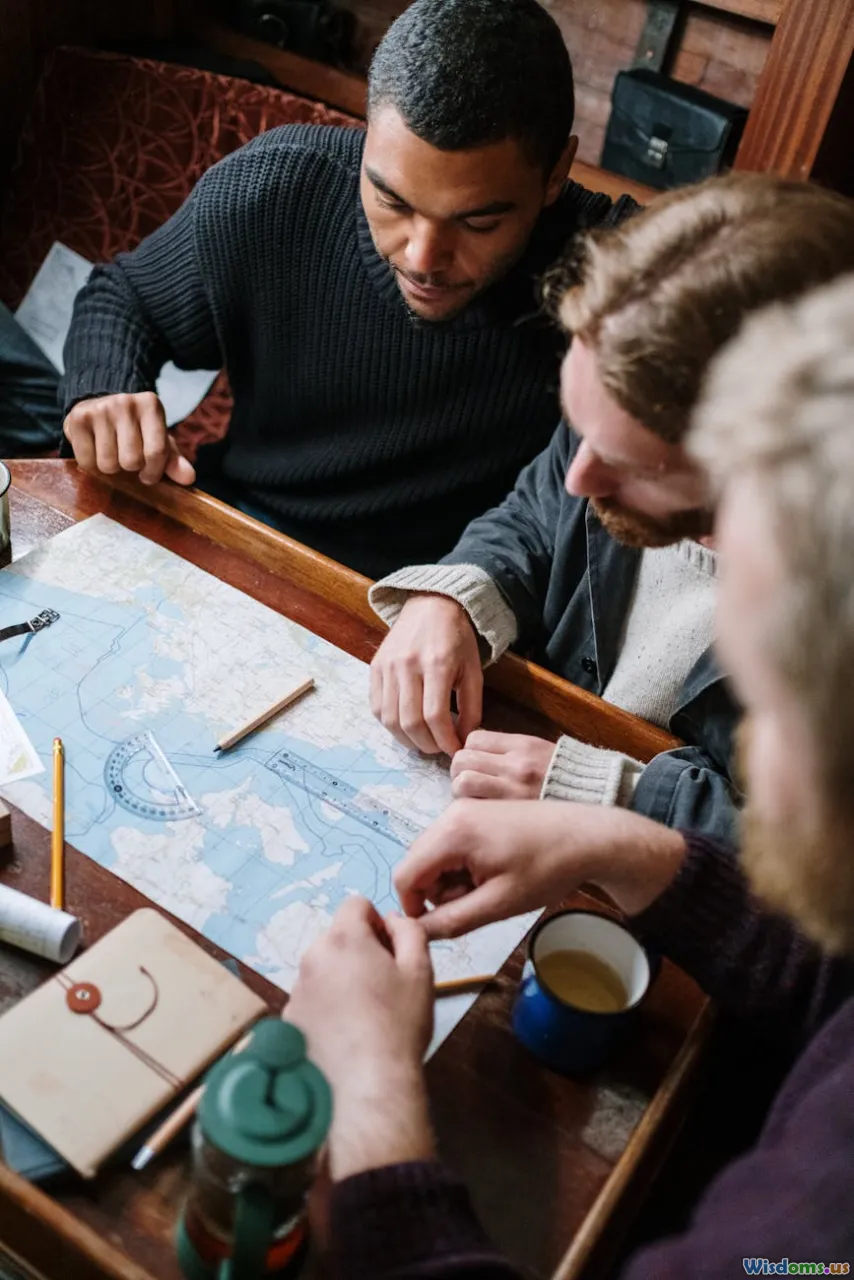
A successful group trip begins long before boarding the plane or hitting the road. The seeds of a happy vacation are planted during the planning phase. Couples, in particular, may have different wants or needs compared to the group, leading to unvoiced expectations.
Communicate Early
Organize a pre-trip gathering—whether in person or over a video call. Use this session to ask questions like:
- What are everyone's absolute must-sees and must-dos?
- Are some in the group early risers while others prefer to snooze?
- What does "free time" mean to each other?
For example, on a trip to Croatia, one couple found joy wandering old towns, while their friends prioritized outdoor adventures. By comparing bucket lists early, each person felt their desires would be accounted for.
Set Priorities, Not Absolutes
A little flexibility goes a long way. Suppose five people want to hike while two prefer wine-tasting. Instead of grouping by obligation, allow subgroups to splinter off when needed—then reunite for meals or evening activities. Openness acknowledges individuality and strengthens togetherness.
Choosing the Right Travel Companions
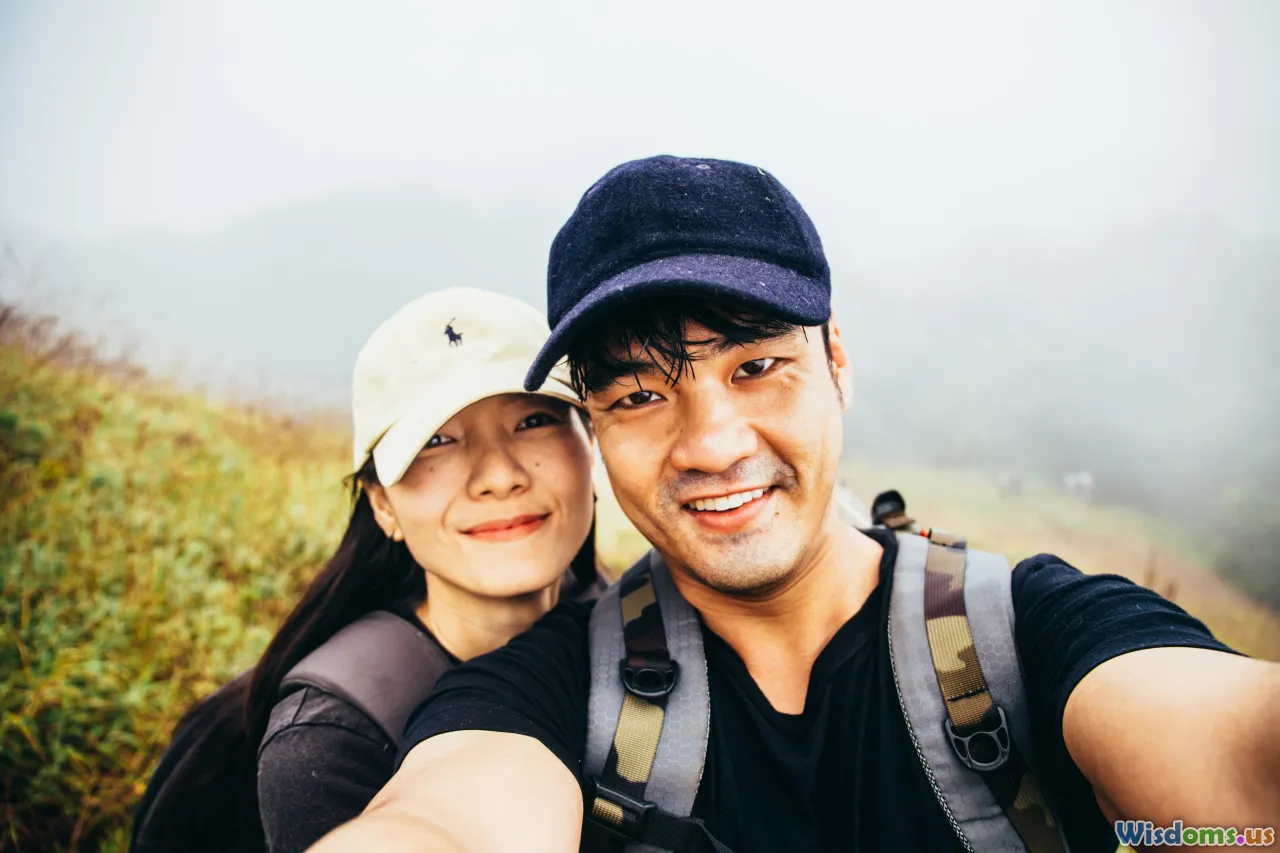
While spontaneity is vital, selecting the right mix of travelers makes all the difference. Opposites can attract, but clashing travel styles—such as a spender with a thrifty planner, or late-night lovers alongside early birds—can lead to conflict.
Evaluate Compatibility
Ask yourselves:
- Do you share similar travel values (relaxation vs adventure, immersive vs touristy)?
- Can differences be handled with humor and patience?
For instance, a destination wedding in Mexico with three couples and two singles worked beautifully because everyone agreed on the need for downtime and full-group dinners. Uniting around core experiences breeds positive energy, even if personal interests diverge during the day.
Invite with Intention
There’s no ‘right’ number for group size. However, research shows groups of six to eight work well—large enough for variety, small enough for meaningful connections (Harvard Study, 2019). Too many people can fragment decision-making; too few pressure introverts or couples to over-socialize. Curate your invite list with your trip’s rhythm in mind.
Navigation of Financial Realities
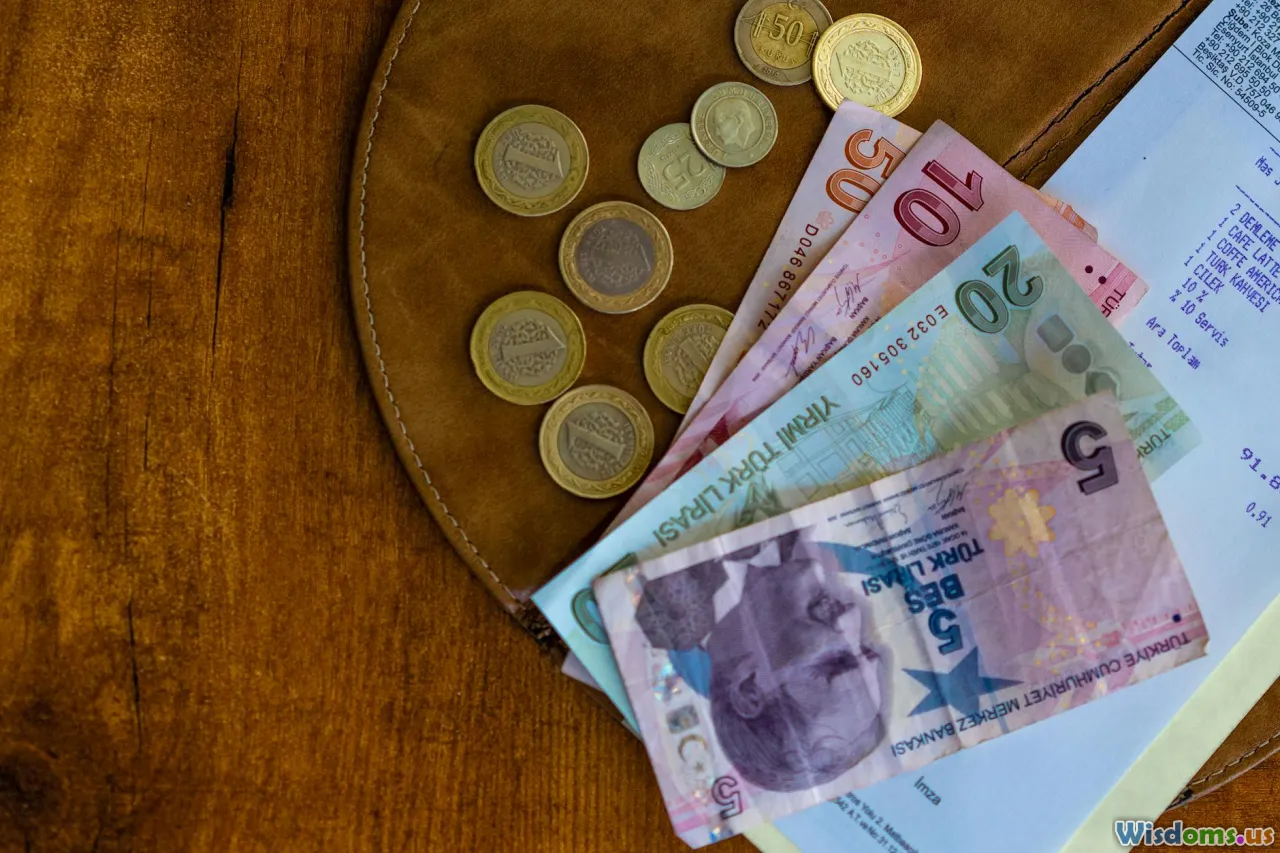
Money can be the silent saboteur on group trips. Unspoken stress about splitting bills—or couples feeling resentment about subsidizing another’s cocktails—leads to tension.
Discuss Budget Upfront
Openly set a daily spending cap for shared expenses or main meals. Stress that luxury-seekers might splurge at times, while thrifty travelers might seek alternate options. For example, on a New Orleans trip, the group agreed to "two fancy dinners," leaving breakfasts casual and lunch open-ended.
Use Tech to Simplify Splits
Apps like Splitwise, Venmo, or Revolut transform expense management. Instead of picking apart restaurant receipts, log expenditures in real-time. At the end, everyone can settle up fairly. In a friends-and-couples group trip to Lake Tahoe, shared ski passes, rentals, and groceries went into Splitwise. By trip's end, the finances were transparent—saving hours of awkward calculations.
Mark "Treat Moments"
Occasionally, individuals—especially couples—want to treat the group. Set the precedent that these moments are gifts, not obligations. A partner might order an extra bottle of wine "on us," or a single traveler may buy an ice cream round. Gracious acceptance (and reciprocal gestures) amplify goodwill.
Respecting Couple and Group Dynamics
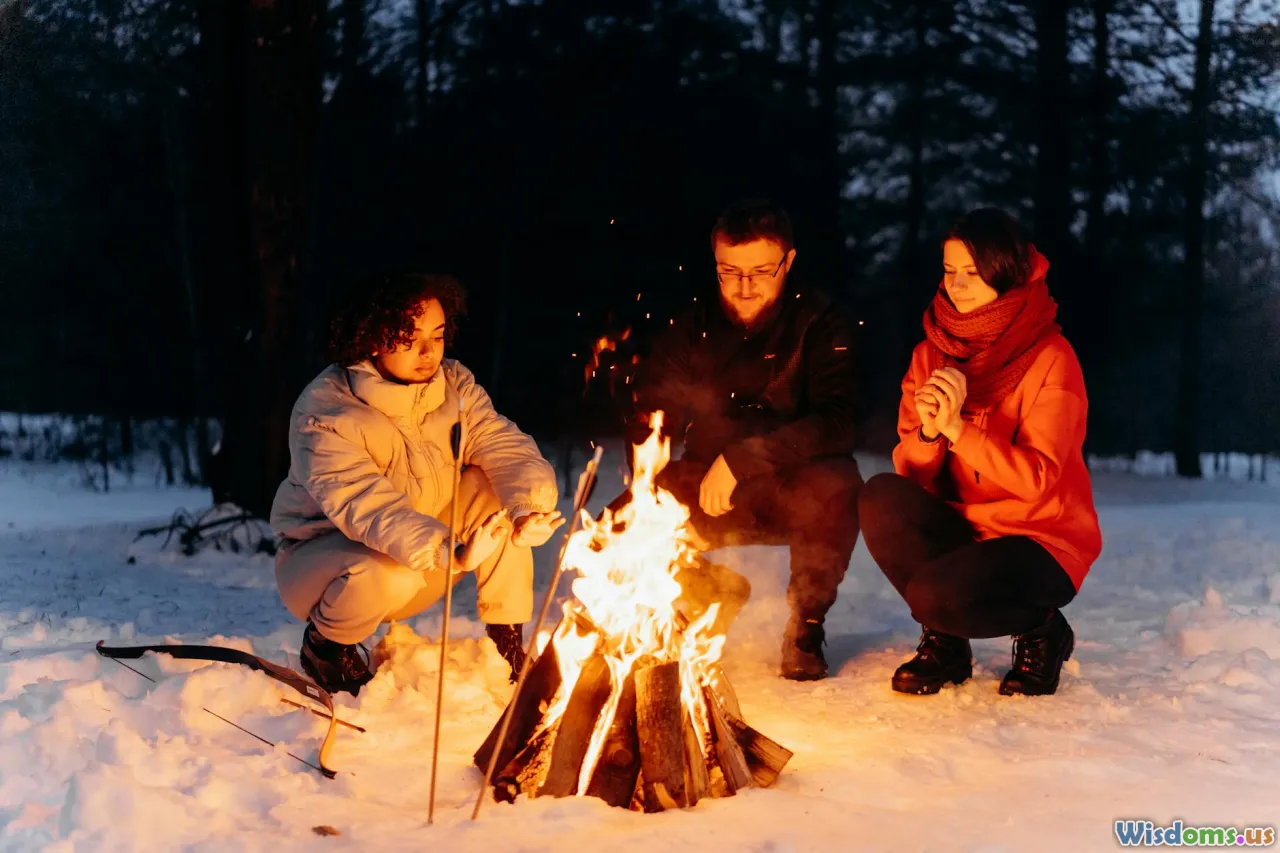
Striking the ideal rhythm between intimate couple time and robust group togetherness can test even solid partnerships.
Carve Out Couple Time
Affirm the need for duos to retreat. A walk on the beach, hotel spa session, or breakfast just for two revitalizes relationships. Publicly declare group-free hours: for instance, "We’ll see you all at noon — we're grabbing morning coffee together." Far from offending, this invites others to take their own solo or couple downtime.
Honor Group Rituals
Anchor the trip with daily traditions. Maybe everyone gathers for sunset or swaps stories after dinner. Anne and Josh, married nine years, credit their friend group's vacation unity to one daily ritual: sharing "trip highs and lows" each night. By building shared meaning, you reinforce what brought everyone together.
Create Individual Flexibility
Some guests absorb energy by exploring alone. Design your itinerary with breathing room—not just for couples, but introverts needing a solo stroll. Encouraging flexibility ultimately serves the happiness of couples, individuals, and the group as a whole.
Masterful Itinerary Planning
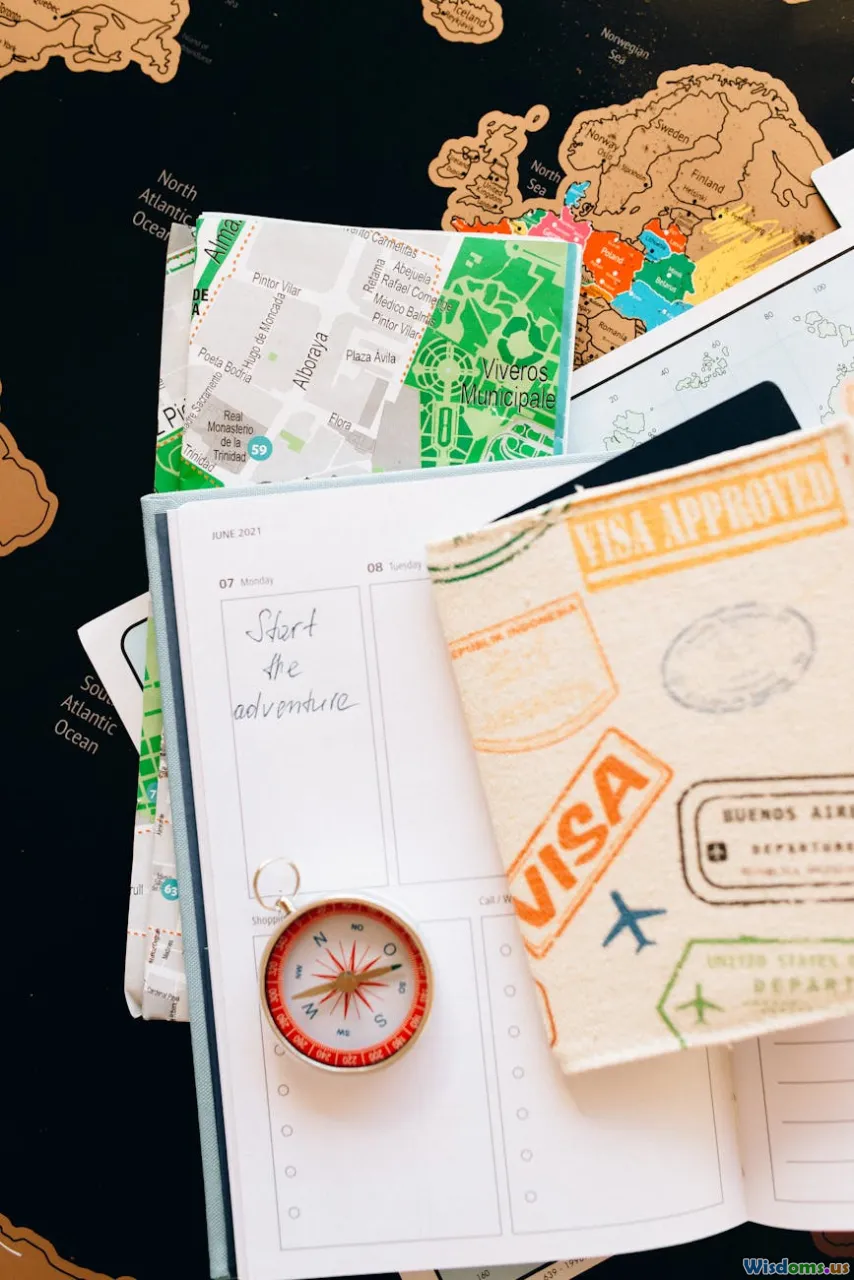
A well-crafted itinerary blends block scheduling with downtime, communal excursions with spontaneous adventures. Getting it right is an art.
Embrace the Rule of Thirds
Divide the day into three segments: morning, afternoon, and evening. Each should have one optional structured activity. Let other segments remain flexible. In Barcelona, one traveler’s example: mornings started with a group visit (the Sagrada Familia or Picasso Museum), afternoons were open, and evenings anchored by a group dinner reservation.
Use Collaborative Tools
Leverage technology—shared Google Docs, TripIt, or even a communal WhatsApp group—so everyone can weigh in, and daily plans can shift easily. Outline choices: “Anyone keen on kayaking tomorrow? Who’s up for a market stroll instead?”
Pre-arrange Unanimous Must-Do's
If everyone wants to experience a must-visit, such as a private boat tour or unique restaurant, book far in advance. Leaving marquee experiences to chance can cause tension. Louise, who organized a six-person trip to Greece, says, "Our only friction came from assuming we could get tables last-minute in Santorini—lesson learned to reserve what matters most."
Food and Dining: Satisfying Diverse Tastes

Dining becomes a focal point on almost every group trip. Coordinating dietary needs, culinary styles, and cultural preferences is essential.
Poll for Preferences
Check for food allergies, restrictions, and special diets before arriving. A vegan option is easily added if planned for, but only frustrates when discovered at the table. One group in Thailand discovered two members didn't eat seafood—amending menus in advance led to richer meals for all.
Plan "Flexible Feasts"
Opt for restaurants with broad menus, or choose food markets and tapas setups where everyone can graze freely. This reduces order envy and makes costs flexible. Some couples like to splurge on a romantic dinner—encourage subgroups to break away for this, with regrouping for desserts or drinks.
Experience Local Flavors Together
While flexibility is great, designate at least one night for everyone to embrace the local cuisine, even if it's outside comfort zones. Shared culinary curiosity deepens bonds. For example, conquering spicy Szechuan hot pot in Sichuan led one previously picky eater to say it was the trip highlight.
Solving Conflicts With Grace

No trip is immune to friction—especially when group dynamics and marriages are in play. How you handle minor issues predicts overall happiness.
Embrace Direct, Low-Drama Communication
Address small issues before they fester. Did the group wait too long for a late sleeper? Set a rule: after 15 minutes past the stated time, the activity starts. Couples should avoid discussing grievances about friends behind closed doors; bring it up gently in the group if it affects everyone.
Appoint a "Trip Mediator"
Assign the calmest, most diplomatic person as a conflict diffuser. They aren’t a dictator—but can nudge the group back on track, clarify plans, or quietly solve disagreements. In a Bali villa, for example, everyone knew to check with "Mediator Mike" before panic set in when a volcano erupted and travel plans needed revising.
Foster an Apology Culture
Mistakes will happen. Foster a group norm where apologies flow freely and forgiving swiftly is the default. Kayla, who traveled Italy with two other couples, recalls: "One spouse forgot museum tickets for all. He admitted error instantly, found a cafe while we rebooked, and offered treats—no grudge held."
Balancing Rest and Adventure
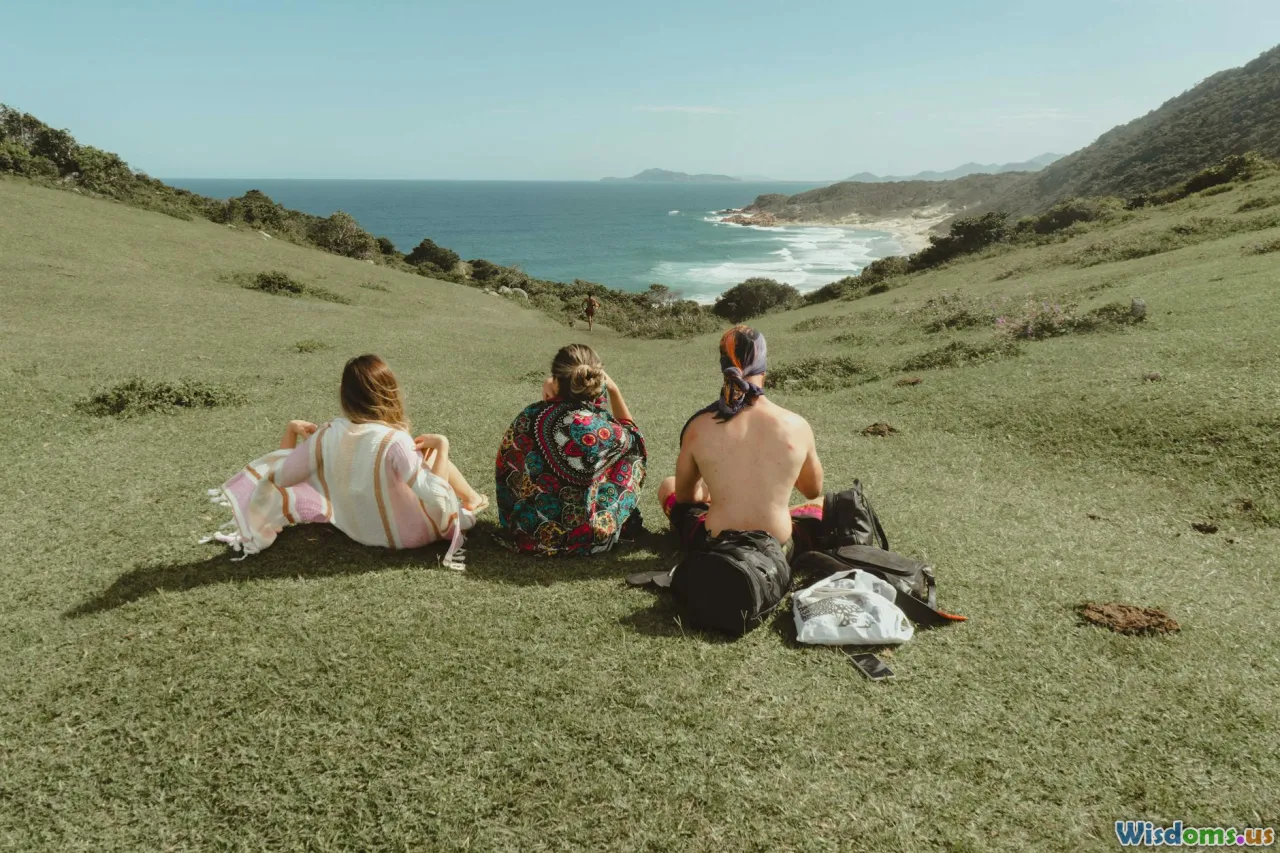
Some want to savor every sight, while others crave blissful relaxation. Marriages may split along these lines—and group harmony can feel threatened when energy levels differ.
Always Build in Buffer Time
Leave gaps between events for rest, reflection, calls home, or spontaneous discoveries. Every third or fourth day, consider a "free" day—no requirements. In Provence, a friends-and-family trip found such rest days vital: the high-energy travelers hiked lavender fields, while others relished two-hour cafe chats.
Mix Up Activity Types
Alternate urban exploration with time in nature, cultural sights with downtime, group challenges with solo reflection. This keeps all energy types content, especially in couples who may naturally polarize (one outgoing, one reserved).
Capturing Memories and Honoring Each Other
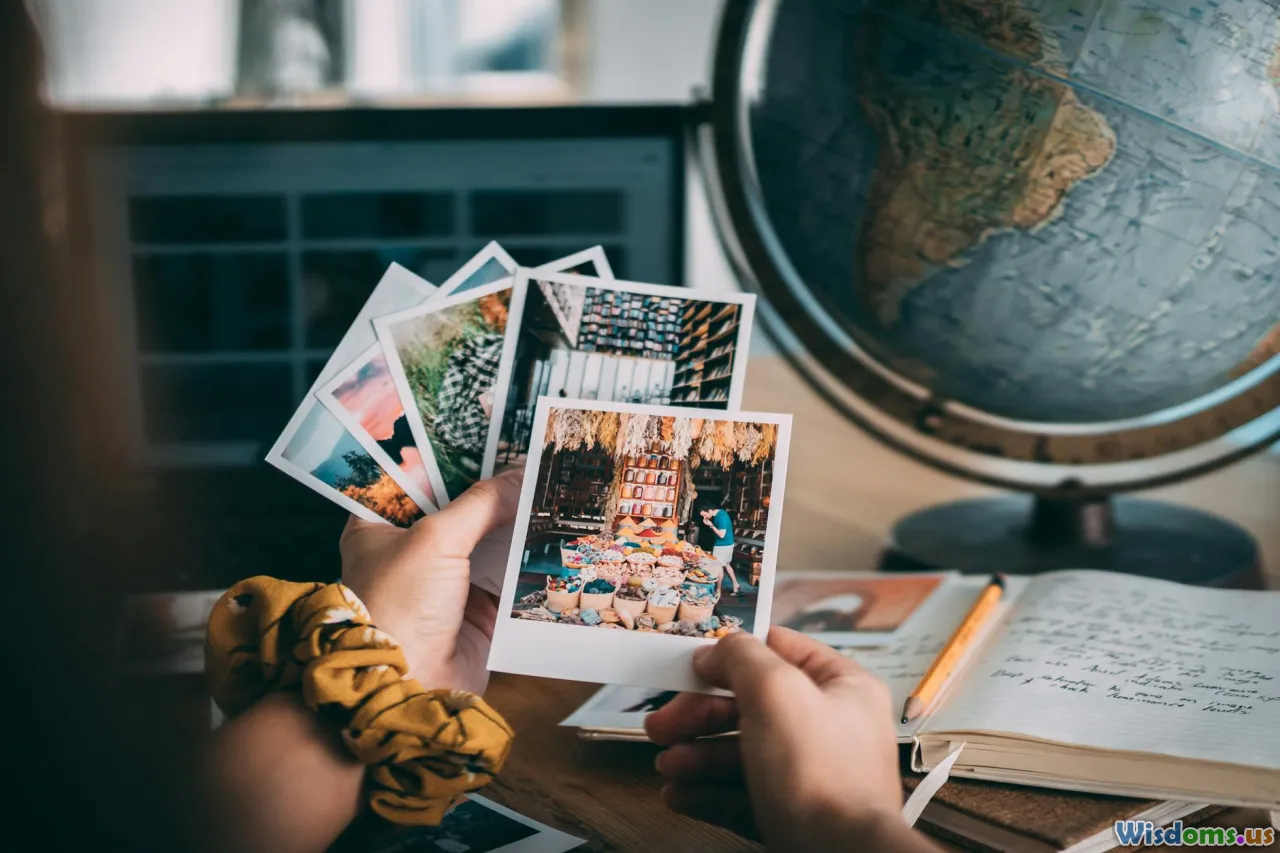
No trip is complete without storytelling and souvenirs—be they literal objects or shared inside jokes.
Designate a Memory Keeper
Ask one or two people in the group to snap candid photos or keep a travel log. Compile these into a shared album or photo book after the trip. This honors shared experiences and encourages everyone to be present in the moment, not glued to their devices.
Encourage Memory Rituals
At trip's end, organize an informal "best of" session: everyone shares their favorite highlight. Not only does it celebrate individual happiness, but it instills gratefulness. One group compiled their funny "trip sayings" onto a holiday ornament, a tangible memento for years to come.
Celebrate the Journey, Not Just the Destination
Remind yourselves that no trip is flawless. Missed buses, lost suitcases, or unexpected rain may one day become the stories you cherish most.
In essence, the happiest group trips—especially those involving married couples—are grounded in trust, flexibility, communication, and mutual respect. Celebrate time both together and apart, be open about limits and delights, honor each other’s needs, and never lose your sense of humor. The journey is as meaningful as the postcard view, and when navigated with care, shared memories multiply—and so does happiness for everyone involved.
Rate the Post
User Reviews
Popular Posts

















